Charcoal briquettes are a favorite among many grill enthusiasts. They provide the perfect smoky flavor to grilled meats and vegetables, but where does it come from?
How are charcoal briquettes made? We will answer that question in this blog post. Along the way, we’ll discuss different types of wood and how they affect the quality of the finished product.
If you’re interested, read on to find out more about this fascinating manufacturing process!
What Are Charcoal Briquettes?
Charcoal briquettes are the most common form of manufactured charcoal. They can be used in a grill or smoker to create an even, consistent heat perfect for cooking meats and vegetables over indirect heat.
These small bricks of compressed wood chips typically come from hardwoods such as oak, hickory, maple, cherry, and apple.
They are often made from recycled wood products, including lumber scraps and sawdust. This saves on the use of natural forests for charcoal production.
History Of Charcoal Briquette Production
Charcoal Briquettes were first introduced around 1914, and they quickly replaced wood as the primary cooking fuel for homes. They were an important part of WWII’s industrialization when resources like natural gas were being diverted to war efforts
In fact, charcoal was so valuable during this period that it could be traded for other commodities such as wool and cheese.
The process for making these briquettes has remained relatively unchanged since the 1900s, although some modern advancements have been made to increase efficiency.
Types Of Charcoal Briquettes
There are three main types of these compressed bricks: grilling, hardwood lump, and softwood lump. Hardwood produces the best flavors because it burns hotter than softwood.
Grill briquettes are the most popular type because of their versatility and smoky flavor, but they can only be used with a grill or smoker that has been designed for them. They’re available in two varieties: traditional (oak) and mesquite
Hardwood lump charcoal is made from hardwoods such as oak and hickory. It comes in a similar variety and is used for grilling, barbecuing, or other high-temperature cooking methods
Softwood lump charcoal is made from pine or another type of softwood that burns at lower temperatures than hardwoods. They’re good for smoking fish and making saucepans.
Raw Material
The most common raw material for making this briquette is wood, which can come from a variety of sources but not all produce an equally good product.
A high-quality charcoal will be made with hardwoods or even recycled lumber products to ensure that the finished product has the best flavor and heat possible. These are then dried out in an oven Atwood
They are usually made from scraps of wood that would otherwise be discarded and not used for building or furniture. The process can turn these scraps into a usable product, which is perfect because it reduces waste while also providing a way for the manufacturer to create a high-quality product.
A less common but not unheard-of raw material is coal, which will produce the best charcoal briquettes for smoking with a robust flavor and high heat output. Coal may be mixed with wood scraps to vary the final color or texture.
Maple wood is another popular choice. It has been known to burn at a lower temperature but also provides good flavor.
We’ll start by looking at how manufactured charcoal is created from raw materials in its most basic form before describing what it looks like when these briquettes are fully formed.
How Are Charcoal Briquettes Made?
Charcoal Briquettes start as logs that will eventually become fuel pellets. They are cut to uniform sizes and then sent through a kiln where they are heated at temperatures of up to 1000 degrees Fahrenheit to remove as much moisture as possible before going on to the next step.
This process allows the wood’s natural sugars, cellulose, and lignin (which give it its combustible properties), to break down into simpler substances.
Next, the individual pieces go through a machine called a hammer mill which throws them against an anvil with great force.
The wood pieces are then cooled and cut again to a uniform size for final production. This process also separates any metal impurities that may have been present in the wood chips at the beginning of production.
Once all metal has been removed, the wood particles are moved to a gas-fired rotary kiln, where they’re heated up and dried until all water has evaporated.
The heat also creates charcoal by driving off volatile compounds like hydrogen and oxygen from the fuel’s original cellulose molecules. Once this process is complete, you’ll end up with black, brittle pieces of charcoal.
This manufacturing process takes advantage of wood’s natural properties to create a reliable, convenient fuel and provides the perfect smoky flavor when cooking outdoors.
The process takes about three hours, during which time water is boiled off, and eventually, the wood becomes carbonized or charred. This is what gives them their distinctive dark gray color!
By Products/Waste
The byproducts of this process are small chunks, shavings, and dust that would not be usable for charcoal without going through the kiln process. These pieces can also be recycled if necessary.
The Future of Charcoal Briquettes
Charcoal and briquette production methods have changed little in the past several decades. The most significant innovation in recent years has been the development of “instant-light” briquettes. A new version being introduced in 1998 will be ready to cook on in about 10 minutes.
Conclusion
Charcoal briquettes are made from a mixture of coal and wood. The process is called carbonization, which involves heating the material in an oxygen-free environment to break down organic materials into their parts.
It’s then heated again at high temperatures with no air until it becomes charcoal. When you purchase your next batch of charcoals, remember that this simple item has undergone such a complicated production process!

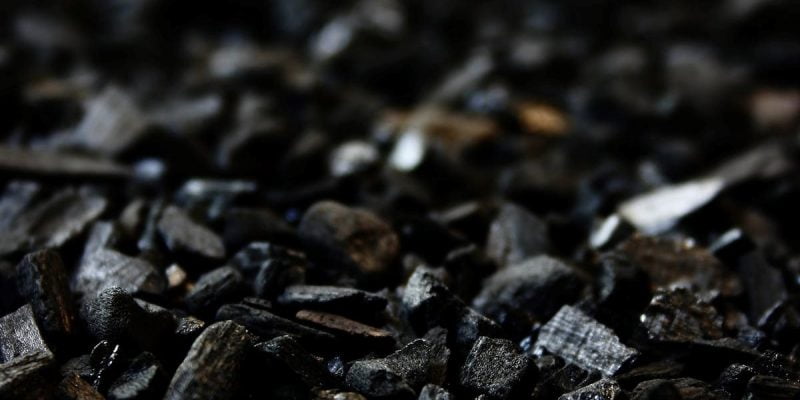
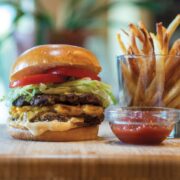
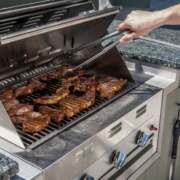



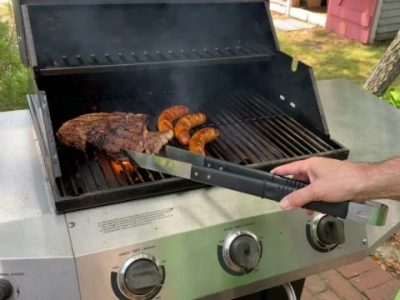
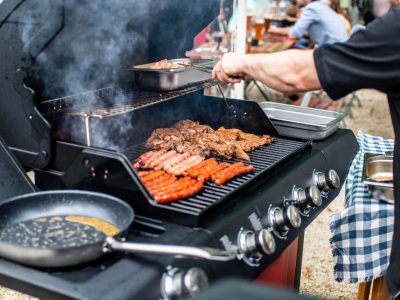
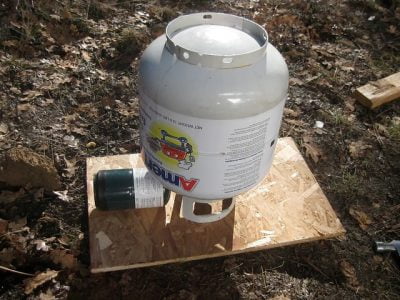
Comments